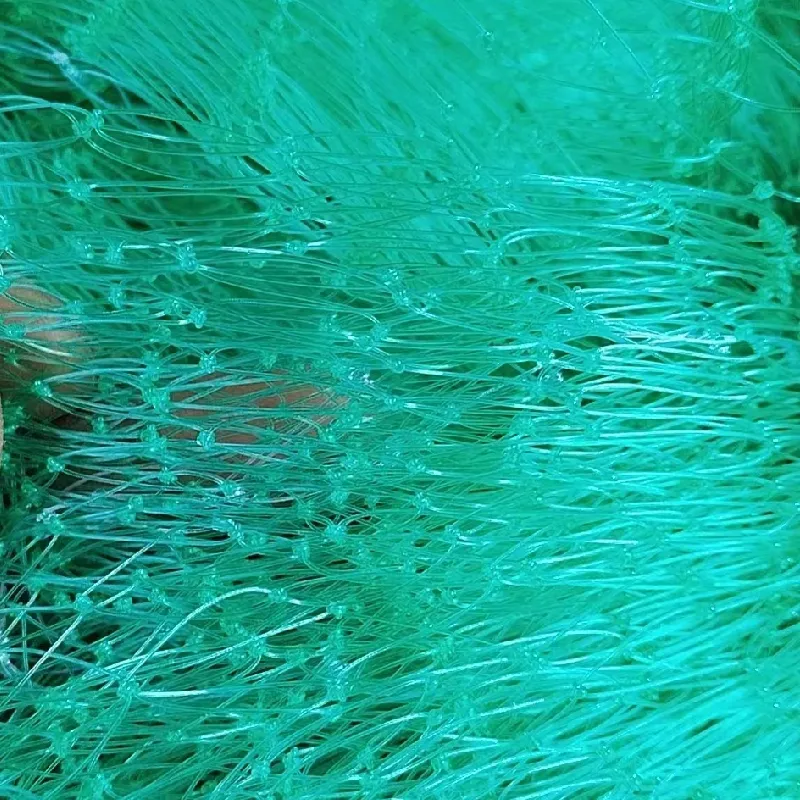-
 Afrikaans
Afrikaans -
 Albanian
Albanian -
 Amharic
Amharic -
 Arabic
Arabic -
 Armenian
Armenian -
 Azerbaijani
Azerbaijani -
 Basque
Basque -
 Belarusian
Belarusian -
 Bengali
Bengali -
 Bosnian
Bosnian -
 Bulgarian
Bulgarian -
 Catalan
Catalan -
 Cebuano
Cebuano -
 China
China -
 Corsican
Corsican -
 Croatian
Croatian -
 Czech
Czech -
 Danish
Danish -
 Dutch
Dutch -
 English
English -
 Esperanto
Esperanto -
 Estonian
Estonian -
 Finnish
Finnish -
 French
French -
 Frisian
Frisian -
 Galician
Galician -
 Georgian
Georgian -
 German
German -
 Greek
Greek -
 Gujarati
Gujarati -
 Haitian Creole
Haitian Creole -
 hausa
hausa -
 hawaiian
hawaiian -
 Hebrew
Hebrew -
 Hindi
Hindi -
 Miao
Miao -
 Hungarian
Hungarian -
 Icelandic
Icelandic -
 igbo
igbo -
 Indonesian
Indonesian -
 irish
irish -
 Italian
Italian -
 Japanese
Japanese -
 Javanese
Javanese -
 Kannada
Kannada -
 kazakh
kazakh -
 Khmer
Khmer -
 Rwandese
Rwandese -
 Korean
Korean -
 Kurdish
Kurdish -
 Kyrgyz
Kyrgyz -
 Lao
Lao -
 Latin
Latin -
 Latvian
Latvian -
 Lithuanian
Lithuanian -
 Luxembourgish
Luxembourgish -
 Macedonian
Macedonian -
 Malgashi
Malgashi -
 Malay
Malay -
 Malayalam
Malayalam -
 Maltese
Maltese -
 Maori
Maori -
 Marathi
Marathi -
 Mongolian
Mongolian -
 Myanmar
Myanmar -
 Nepali
Nepali -
 Norwegian
Norwegian -
 Norwegian
Norwegian -
 Occitan
Occitan -
 Pashto
Pashto -
 Persian
Persian -
 Polish
Polish -
 Portuguese
Portuguese -
 Punjabi
Punjabi -
 Romanian
Romanian -
 Russian
Russian -
 Samoan
Samoan -
 Scottish Gaelic
Scottish Gaelic -
 Serbian
Serbian -
 Sesotho
Sesotho -
 Shona
Shona -
 Sindhi
Sindhi -
 Sinhala
Sinhala -
 Slovak
Slovak -
 Slovenian
Slovenian -
 Somali
Somali -
 Spanish
Spanish -
 Sundanese
Sundanese -
 Swahili
Swahili -
 Swedish
Swedish -
 Tagalog
Tagalog -
 Tajik
Tajik -
 Tamil
Tamil -
 Tatar
Tatar -
 Telugu
Telugu -
 Thai
Thai -
 Turkish
Turkish -
 Turkmen
Turkmen -
 Ukrainian
Ukrainian -
 Urdu
Urdu -
 Uighur
Uighur -
 Uzbek
Uzbek -
 Vietnamese
Vietnamese -
 Welsh
Welsh -
 Bantu
Bantu -
 Yiddish
Yiddish -
 Yoruba
Yoruba -
 Zulu
Zulu
Effective Anti-Hail Nets for Apple Orchards to Protect Against Severe Weather Impacts
The Importance of Anti-Hail Nets for Apple Orchards
In the world of agriculture, few things are as unpredictable as the weather. For apple growers, hailstorms can be a devastating force, capable of ruining an entire harvest in a matter of minutes. Therefore, the implementation of protective measures is not just a strategy; it’s a necessity. Among these measures, anti-hail nets have emerged as one of the most effective solutions for safeguarding apple orchards from hail damage.
Hail can cause severe harm to apple trees, leading to a loss in both quantity and quality of fruit. Damaged apples may suffer blemishes, which can make them unsellable in the modern marketplace, where aesthetics play a crucial role in consumer choices. Moreover, the physical distress caused to the trees can have long-lasting effects on their health, resulting in decreased productivity in subsequent seasons. This potential for loss highlights the importance of investing in protective systems to shield vulnerable crops.
The Importance of Anti-Hail Nets for Apple Orchards
The installation of anti-hail nets in apple orchards not only protects the fruit but also contributes to the overall health of the trees. By reducing the incidence of damage, growers can maintain healthier trees that are more productive. Additionally, these nets help to create a microclimate within the orchard. This controlled environment can protect against temperature fluctuations and keep trees better insulated during cold nights, potentially extending the growing season. Consequently, the investment in netting systems can lead to enhanced yields and improved fruit quality.
anti hail net for apple

From an economic perspective, the costs associated with installing anti-hail nets may seem significant, especially for small-scale growers. However, it’s essential to consider the long-term benefits. The prevention of hail damage can result in substantial financial savings and improved profitability. In a competitive market, high-quality apples fetch premium prices, making the initial investment in hail protection worthwhile.
Moreover, as climate change continues to alter weather patterns, the frequency and intensity of hail storms may increase. The adoption of anti-hail nets represents a proactive approach to mitigate these risks. Growers who invest in such protective measures today prepare themselves for the unpredictable weather of tomorrow.
Additionally, the aesthetic appeal of orchards protected by anti-hail nets can even serve as a promotional advantage. Farms that prioritize innovative agricultural practices may attract consumers interested in sustainability and quality. As consumers become increasingly aware of the environmental impact of their food choices, marketing apples grown under protective systems can resonate well with discerning buyers.
In conclusion, anti-hail nets are an essential investment for apple growers seeking to protect their crops from the damaging effects of hail. By intercepting hailstones, preserving fruit quality, and promoting tree health, these nets not only shield against immediate losses but also foster long-term sustainability and profitability. As the agricultural landscape evolves under the pressures of climate change, embracing such protective measures will be crucial for the future success of apple orchards worldwide. With a combination of innovation and foresight, growers can safeguard their harvests and continue to thrive in an ever-changing environment.
-
Shipping Plastic Bags for Every NeedNewsJul.24,2025
-
Safety Netting: Your Shield in ConstructionNewsJul.24,2025
-
Plastic Mesh Netting for Everyday UseNewsJul.24,2025
-
Nylon Netting for Every UseNewsJul.24,2025
-
Mesh Breeder Box for Fish TanksNewsJul.24,2025
-
Expanded Steel Mesh Offers Durable VersatilityNewsJul.24,2025











